An Outline of the City
Our city is in the southern part of Osaka Prefecture, approximately halfway between the cities of Osaka and Wakayama.
The city area is oblong, stretching from east to west, facing Osaka Bay to the northwest, and bordering Wakayama Prefecture to the southeast, bounded by the watershed of the verdant Izumi Mountains.
Offshore is Kansai International Airport, which connects to the city via an access bridge, serving as an international gateway for Japan and the rest of the world.
①Rinku Town
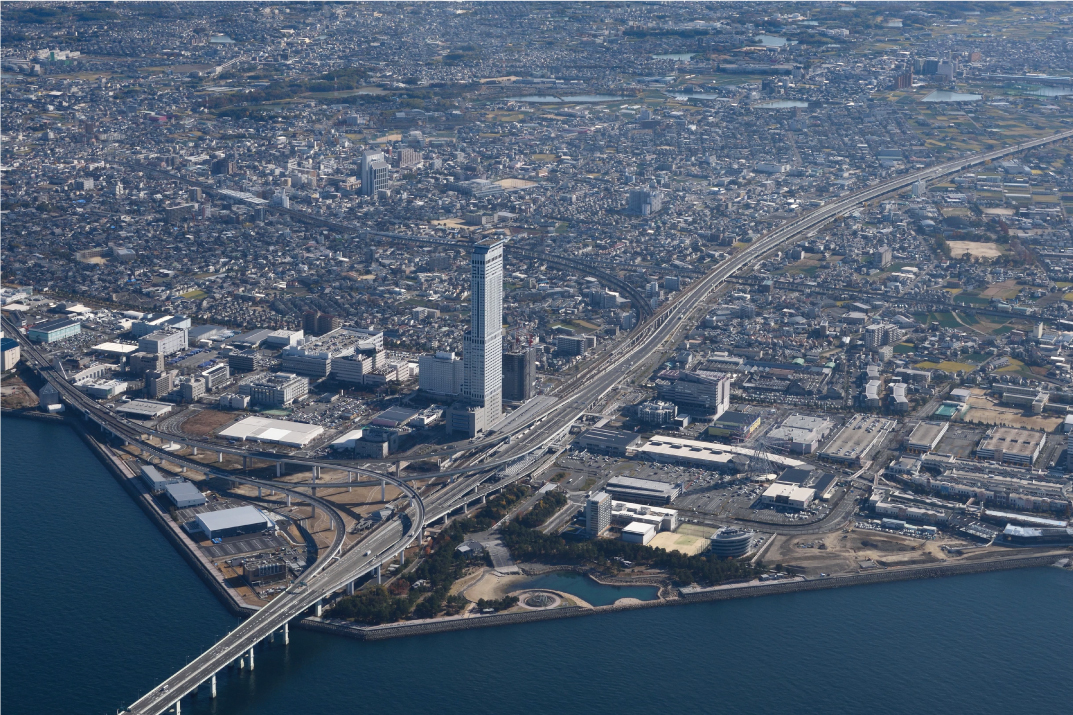
Rinku Town spreads across the shore from Kansai International Airport and offers a view of the airport and Osaka Bay from the white Marble Beach and LOVE RINKU, a hot spot for lovers.
It also has one of the largest outlet malls in western Japan, an ice-skating rink, an outdoor culture and music auditorium, and the Kanku Marina.
②Sano Neighborhood
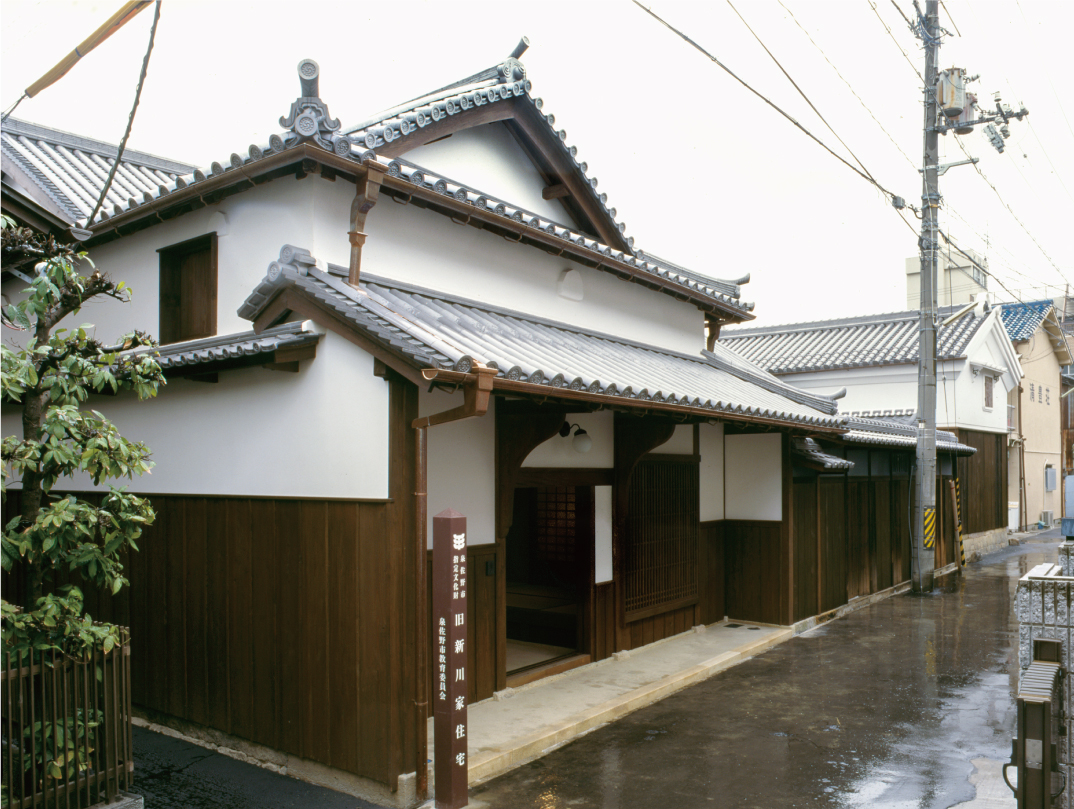
During the Edo period (1603-1867), the Meshinos, a wealthy mercantile family, established a base of business in this area and prospered in the shipping business while a unique town culture blossomed.
Another distinguishing feature of the Sano neighborhood is the contrast between the surviving old warehouses and townhouses and the skyscrapers peeking out from the gaps in the alleyways.
③Kumano Kaido
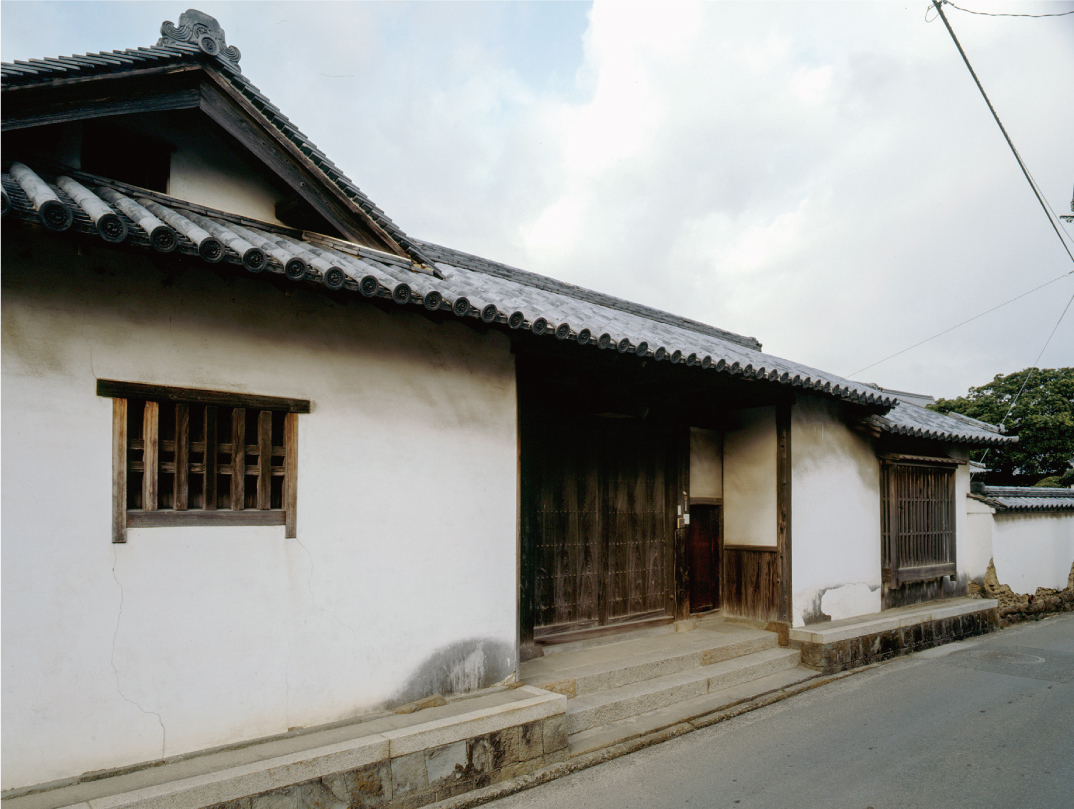
The road developed as a pilgrimage route from Kyoto to Wakayama's World Heritage Kumano and Kumano Kodo pilgrimage routes, and within the city are the Kaida, Sano, and Momoi Oji shrines.
Traces of the road survive in the Kashii area, as well as the site of the Battle of Kashii, with a monument that tells the story of the fierce battle of the Summer Campaign of the Siege of Osaka.
④Hinenosho Estate
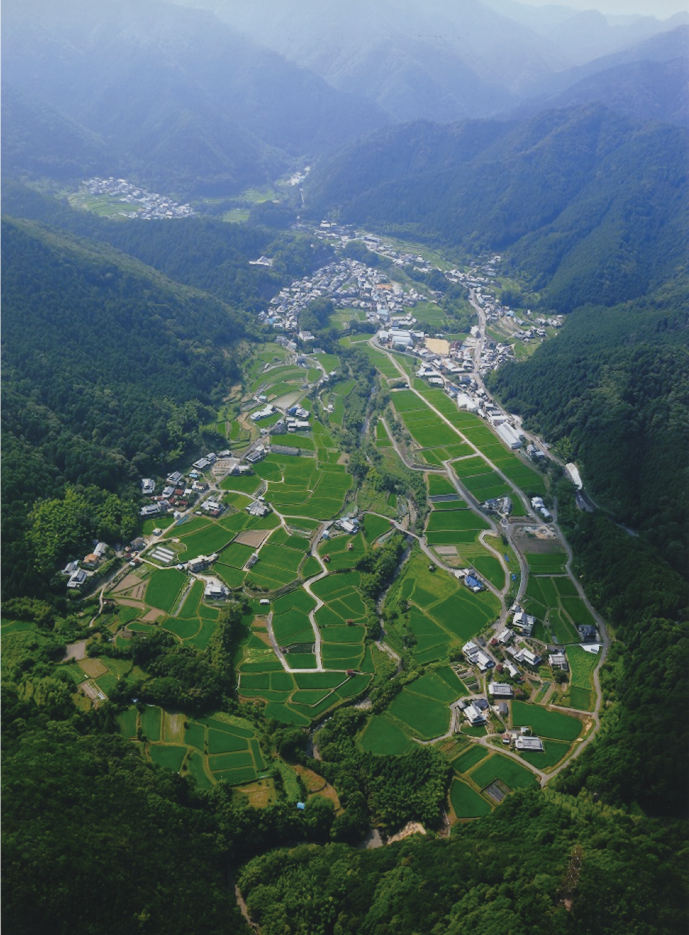
This was the site of the Kujo family manor from the Kamakura period to the Sengoku period, and it extended throughout the city.
The two paintings of Kamakura and many diaries and documents of the domain lords have been conserved, and the rural landscape, temples, shrines, hill castles, and festivals that originated in the manor are still alive today. Historical relics include the national historical site Hine-no-Sho, an important cultural view Hinenosho Ogi's rural landscape, Japanese heritage, the Two Paintings of the Shoen from the middle ages, and World Heritage Irrigation Structures Igawa Yosui.
⑤Mount Inunaki
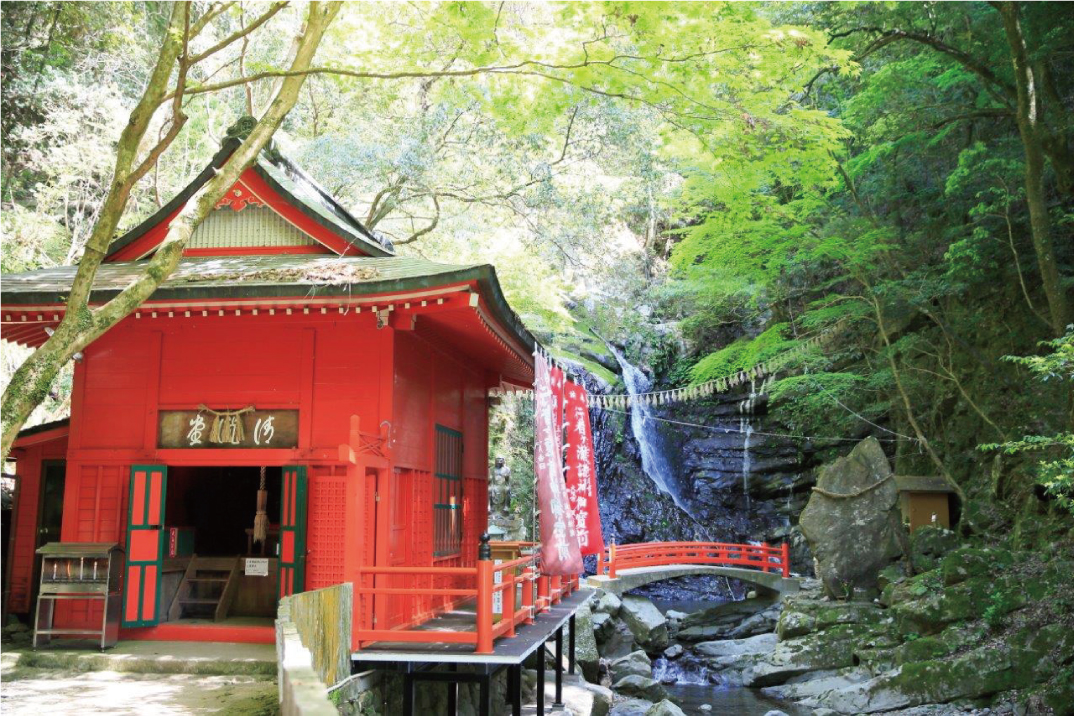
Mount Inunaki is the site of the Katsuragi Shugendo ascetic practice and is called the Nyonin Taiho (mountain crest for women) since women are also allowed to practice there.
In addition, Shipporyuji Temple is home to three Japanese Heritage sites. There is also the starting point of a hiking trail and a hot spring village, each offering its unique charm in all four seasons.




